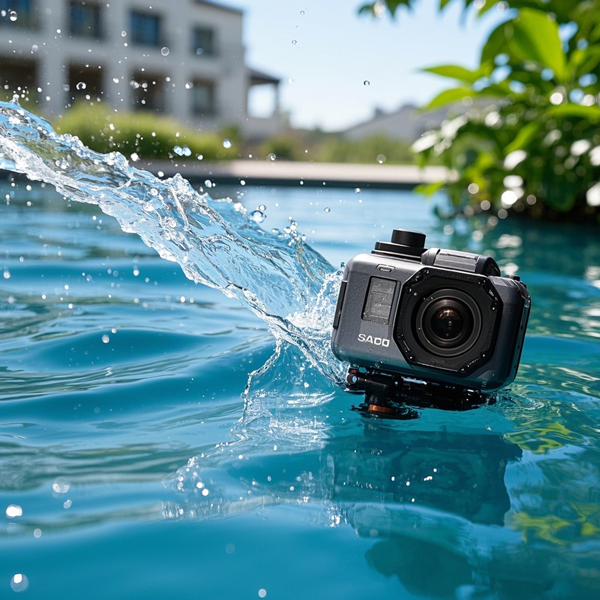As a manufacturer in the electronic connector industry, Dongguan Excellence Tech Electronics adheres to the core philosophy of "precision manufacturing, quality first." For the R&D and production of waterproof Type-C interfaces, we have established a comprehensive quality control system covering design, testing, and manufacturing to ensure stable performance in extreme environments. Below are our core technical guarantees:
I. Testing Methods & Technical Details for Waterproof Type-C Interfaces
1. Airtightness Testing
o Utilize an airtightness tester with compressed air as the medium to detect micro-leaks via differential pressure or direct pressure methods. The Type-C interface is placed in a customized fixture, sealed by pneumatic cylinder compression, and tested under specified pressures (e.g., 10kPa for IP67, with potential escalation to 15kPa). The system automatically records leakage values and determines pass/fail status.
o Testing accuracy: 0.01Pa, capable of identifying imperceptible micro-leaks to ensure long-term sealing stability.
2. IP Protection Rating Testing
o Static Water Immersion Test: Per IPX7/IPX8 standards, submerge interfaces at 1m or 3m depths for ≥30 minutes to validate waterproof performance under prolonged immersion.
o Dynamic Water Jet Test: Simulate heavy rain with 12.5L/min high-pressure water jets from multiple angles for ≥3 minutes (IPX5/IPX6 compliance).
o Dust Resistance Test: Expose interfaces to concentrated dust environments (IP6X standard) for 8 hours to ensure zero particle ingress.
3. Environmental Durability Testing
o Salt Spray Corrosion Test: Simulate high-salinity environments (e.g., coastal areas) with 48-hour continuous salt spray to verify rust resistance of metal contacts and insulation integrity.
o Thermal Cycling Test: Cycle between -40℃ and 85℃ to evaluate material expansion/contraction effects on sealing performance.
4. Functional Validation
o Electrical Performance Tests: Include contact resistance (≤20mΩ), insulation resistance (≥100MΩ), and withstand voltage (500V AC for 1 minute without breakdown) to ensure stable signal transmission in humid conditions.
o Durability Test: Simulate 10,000 insertion/extraction cycles; post-test criteria: ≤10% change in contact impedance and zero deformation of waterproof gaskets.
II. Full-Process Quality Control System
1. Raw Material Management
o Core materials (e.g., waterproof gaskets, nano-coated terminals) must comply with ROHS/REACH certifications. Suppliers provide batch quality reports, with additional tests for elongation-at-break and water resistance.
2. Production Process Monitoring
o Automated Adhesive Injection: Laser inspection ensures adhesive uniformity, eliminating bubbles or voids to maintain sealing integrity.
o 100% Inspection: Industrial microscopes and X-ray systems verify solder joint precision and gasket alignment.
3. Sampling & Traceability
o Destructive testing on 5% of each batch (e.g., cross-sectional analysis of sealing structures to identify penetration paths).
o Big-data traceability system enables full lifecycle tracking (production time, workstation, and test records per unit).
4. Third-Party Certifications & Standards
o CNAS-accredited laboratory compliance with IEC 60529, GB/T 4208, and IP68/IP67 certification reports.
III. Technical Advantages & Applications
· Innovative Design: Dual-chamber sealing structure isolates moisture penetration paths, enhancing dynamic waterproofing.
· Applications:
o Consumer Electronics: Ruggedized smartphones, diving earphones (1m/30min underwater operation).
o Industrial Equipment: Vehicle charging ports, marine communication systems (salt spray resistance).
o Outdoor IoT Devices: Waterproof drones, action cameras (IP67/IP68 certified).
